Robert Lea is a science journalist in the U.K. whose articles have been published in Physics World, New Scientist, Astronomy Magazine, All About Space, Newsweek and ZME Science. He also writes about science communication for Elsevier and the European Journal of Physics. Rob holds a bachelor of science degree in physics and astronomy from the U.K.
In 2015, the iconic Laser Interferometer Gravitational-Wave Observatory made the first-ever tangible detection of gravitational waves. The waves were the result of two black holes colliding far away in the universe; since then, a wealth of such signals from merging black holes, neutron stars and even a couple of mixed mergers between the two have been spotted.
Einstein also theorized that, when objects accelerate, they cause spacetime to ripple. These ripples are only perceptible when truly massive objects accelerate — objects like neutron stars and black holes that swirl around each other in binary systems and emit gravitational waves as they do so.
For LIGO to detect gravitational waves from these events, this massive laser interferometer consists of two L-shaped arms, each 2.5 miles long. When in phase, laser light shines down each of these arms. This means that when the beams meet, the peaks and troughs of their waves line up, and the laser light is amplified, which is something called"constructive interference."
The changes LIGO picks up to"hear" gravitational waves are 0.0001 times the width of a proton, particles that sit at the hearts of atomic nuclei. To put this in"standard" astronomy terms, that is equivalent to measuring the distance to the nearest star, Proxima Centauri, about 4.2 light-years away, with an quantitative accuracy equal to the width of a human hair., which began on May 24, 2023, and is set to last until Feb. 2025.
United Kingdom Latest News, United Kingdom Headlines
Similar News:You can also read news stories similar to this one that we have collected from other news sources.
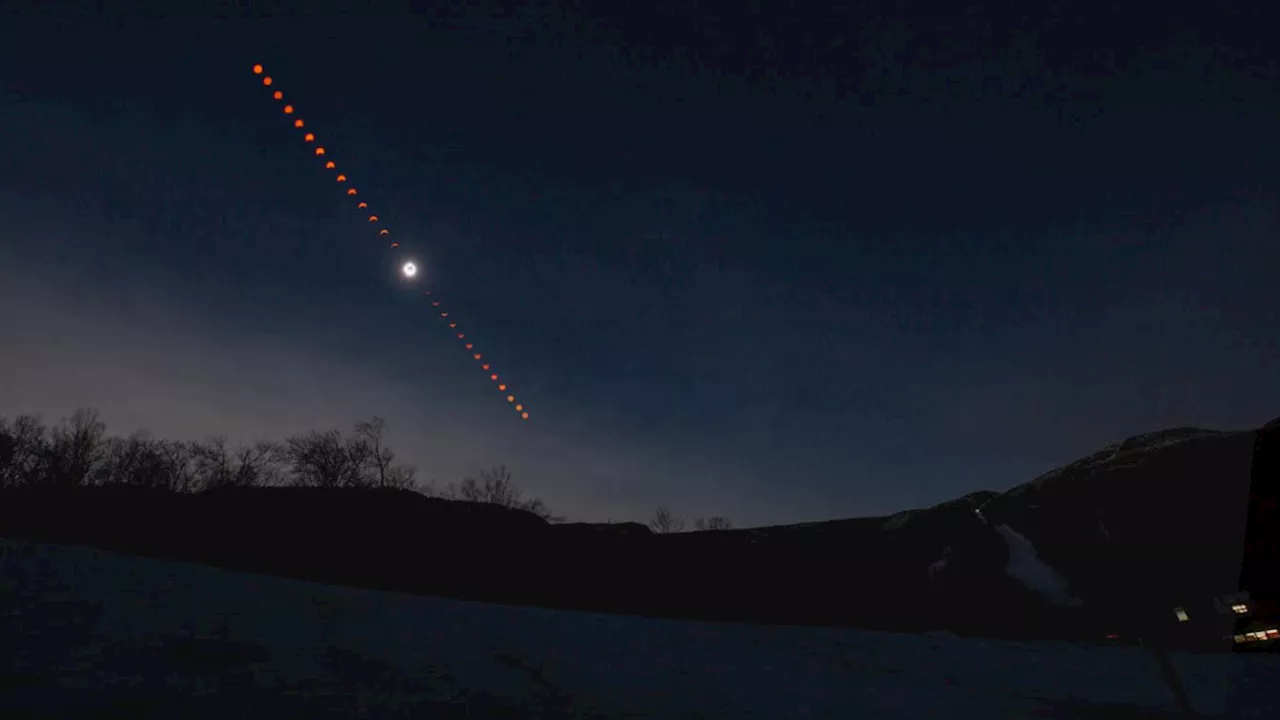 These solar eclipse 2024 photos from our readers are absolutely amazing (images, video)Robert Lea is a science journalist in the U.K. whose articles have been published in Physics World, New Scientist, Astronomy Magazine, All About Space, Newsweek and ZME Science. He also writes about science communication for Elsevier and the European Journal of Physics. Rob holds a bachelor of science degree in physics and astronomy from the U.K.
These solar eclipse 2024 photos from our readers are absolutely amazing (images, video)Robert Lea is a science journalist in the U.K. whose articles have been published in Physics World, New Scientist, Astronomy Magazine, All About Space, Newsweek and ZME Science. He also writes about science communication for Elsevier and the European Journal of Physics. Rob holds a bachelor of science degree in physics and astronomy from the U.K.
Read more »
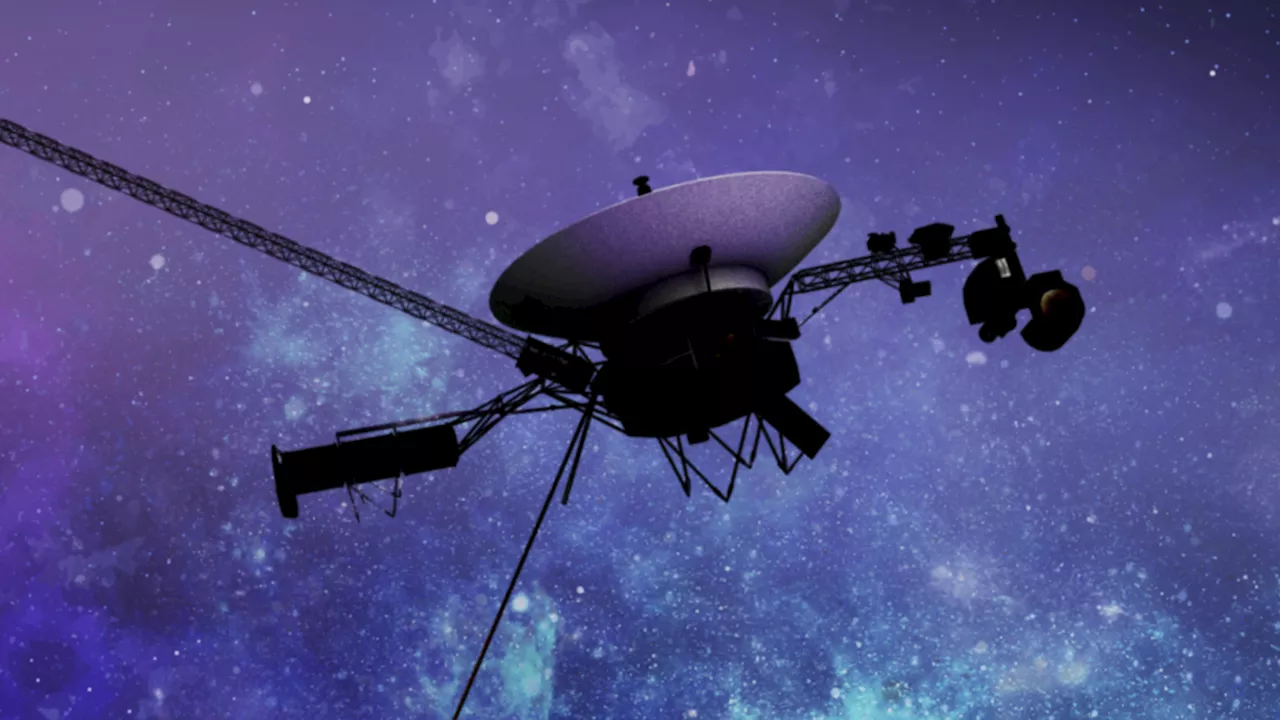 We finally know why NASA's Voyager 1 spacecraft stopped communicating — scientists are working on a fixRobert Lea is a science journalist in the U.K. whose articles have been published in Physics World, New Scientist, Astronomy Magazine, All About Space, Newsweek and ZME Science. He also writes about science communication for Elsevier and the European Journal of Physics. Rob holds a bachelor of science degree in physics and astronomy from the U.K.
We finally know why NASA's Voyager 1 spacecraft stopped communicating — scientists are working on a fixRobert Lea is a science journalist in the U.K. whose articles have been published in Physics World, New Scientist, Astronomy Magazine, All About Space, Newsweek and ZME Science. He also writes about science communication for Elsevier and the European Journal of Physics. Rob holds a bachelor of science degree in physics and astronomy from the U.K.
Read more »
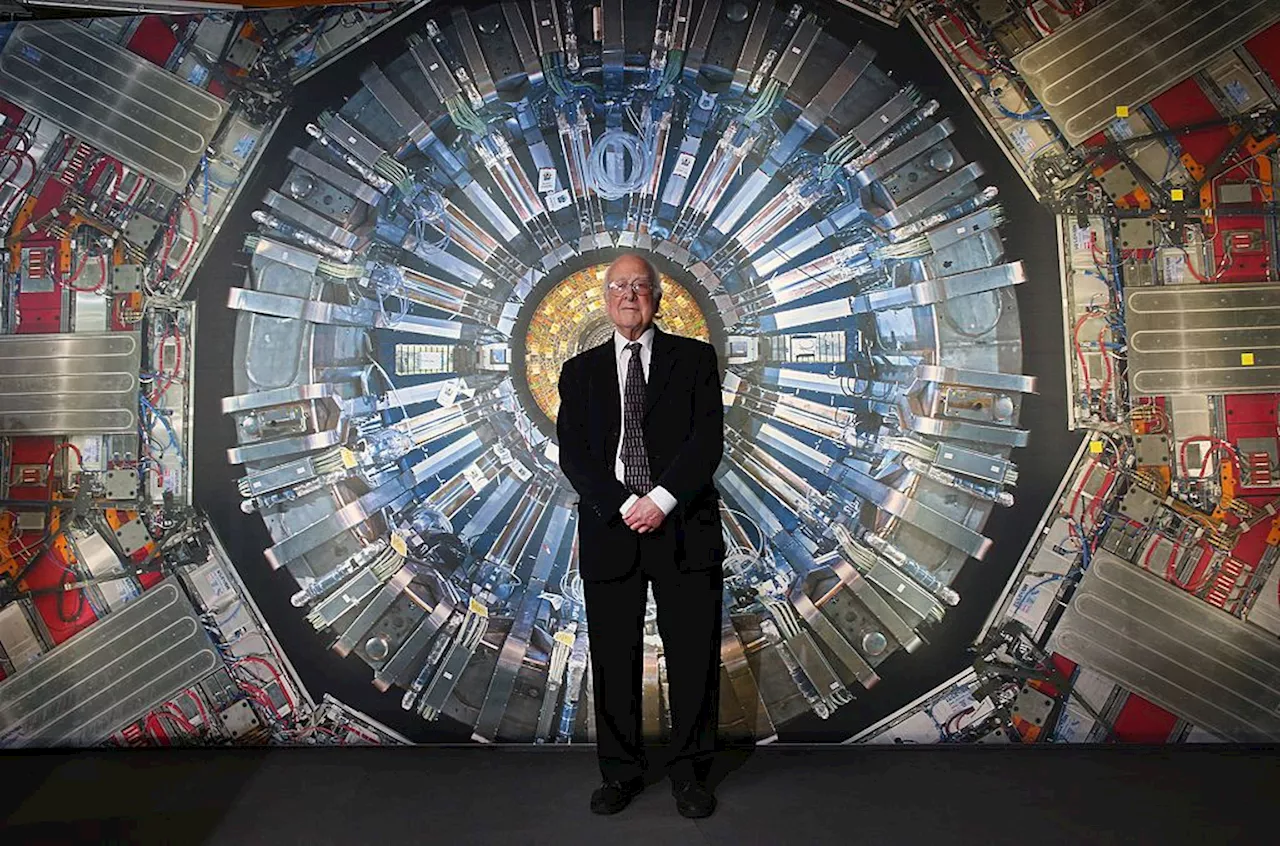 Why Peter Higgs leaves a massive legacy in the field of physicsRobert Lea is a science journalist in the U.K. whose articles have been published in Physics World, New Scientist, Astronomy Magazine, All About Space, Newsweek and ZME Science. He also writes about science communication for Elsevier and the European Journal of Physics. Rob holds a bachelor of science degree in physics and astronomy from the U.K.
Why Peter Higgs leaves a massive legacy in the field of physicsRobert Lea is a science journalist in the U.K. whose articles have been published in Physics World, New Scientist, Astronomy Magazine, All About Space, Newsweek and ZME Science. He also writes about science communication for Elsevier and the European Journal of Physics. Rob holds a bachelor of science degree in physics and astronomy from the U.K.
Read more »
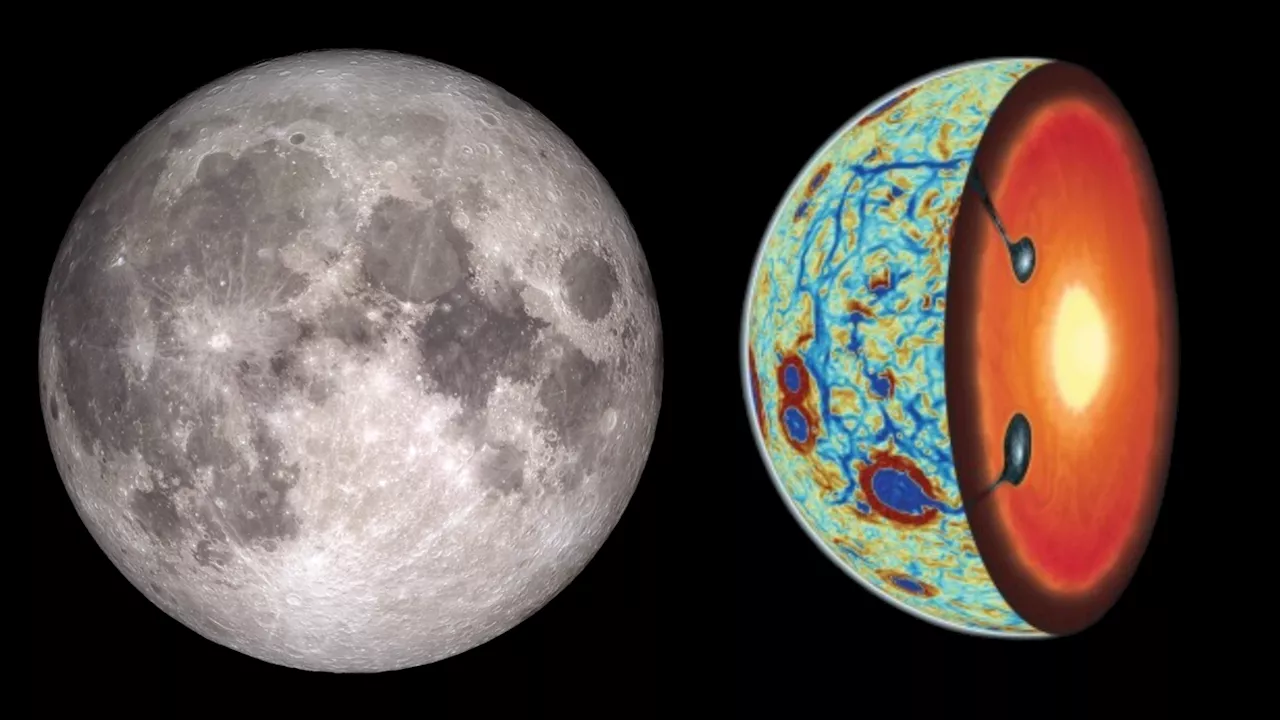 What happened when the moon 'turned itself inside out' billions of years ago?Robert Lea is a science journalist in the U.K. whose articles have been published in Physics World, New Scientist, Astronomy Magazine, All About Space, Newsweek and ZME Science. He also writes about science communication for Elsevier and the European Journal of Physics. Rob holds a bachelor of science degree in physics and astronomy from the U.K.
What happened when the moon 'turned itself inside out' billions of years ago?Robert Lea is a science journalist in the U.K. whose articles have been published in Physics World, New Scientist, Astronomy Magazine, All About Space, Newsweek and ZME Science. He also writes about science communication for Elsevier and the European Journal of Physics. Rob holds a bachelor of science degree in physics and astronomy from the U.K.
Read more »
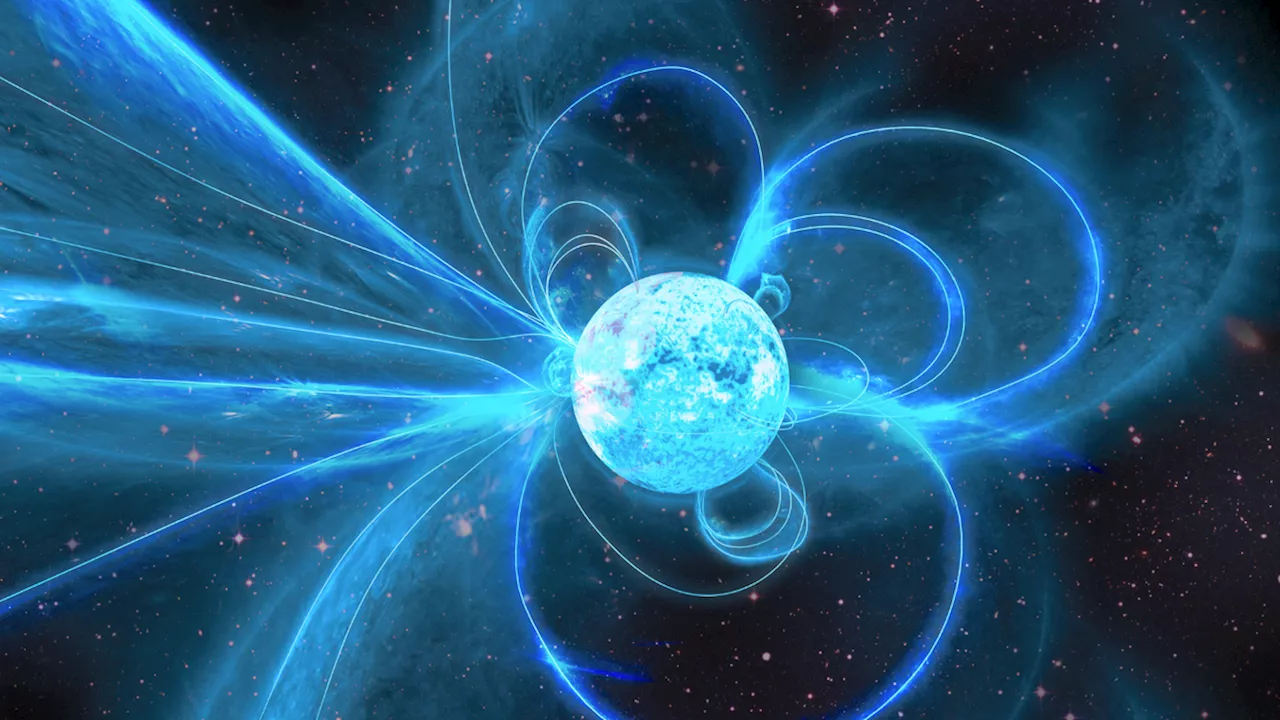 One of the universe's most 'extreme' dead stars just sprang back to life unexpectedlyRobert Lea is a science journalist in the U.K. whose articles have been published in Physics World, New Scientist, Astronomy Magazine, All About Space, Newsweek and ZME Science. He also writes about science communication for Elsevier and the European Journal of Physics. Rob holds a bachelor of science degree in physics and astronomy from the U.K.
One of the universe's most 'extreme' dead stars just sprang back to life unexpectedlyRobert Lea is a science journalist in the U.K. whose articles have been published in Physics World, New Scientist, Astronomy Magazine, All About Space, Newsweek and ZME Science. He also writes about science communication for Elsevier and the European Journal of Physics. Rob holds a bachelor of science degree in physics and astronomy from the U.K.
Read more »
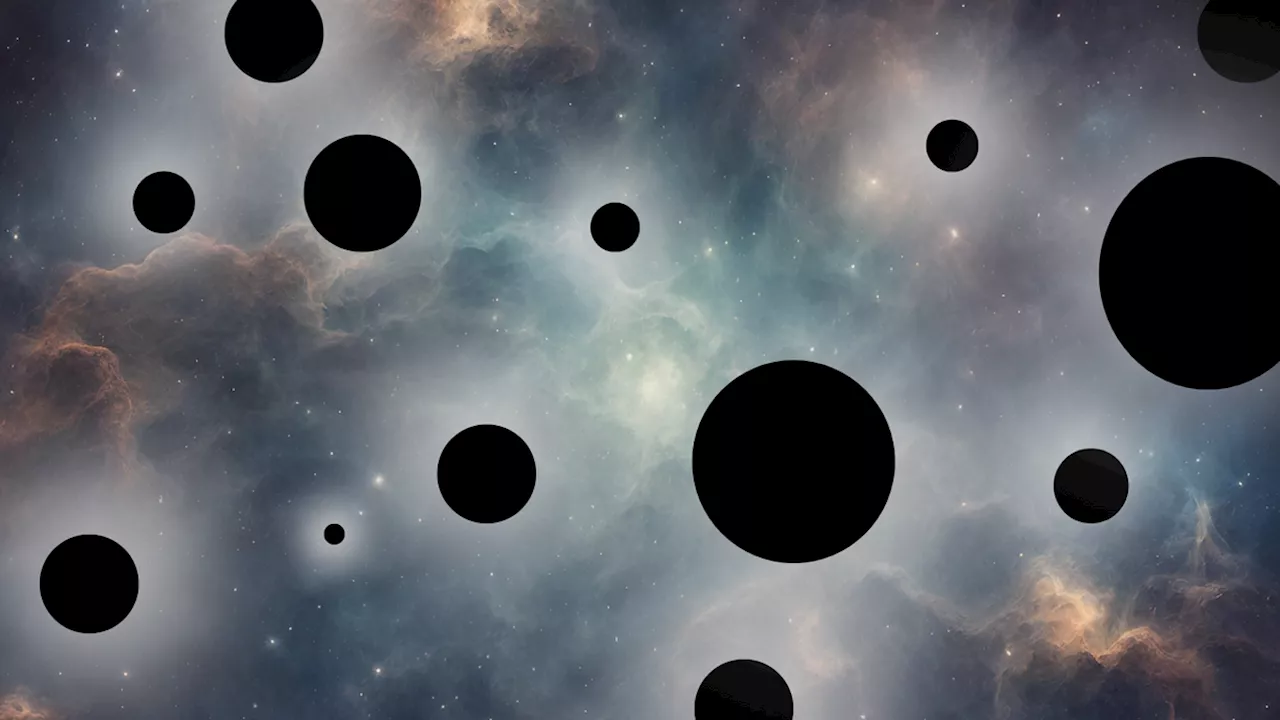 Tiny black holes left over from the Big Bang may be prime dark matter suspectsRobert Lea is a science journalist in the U.K. whose articles have been published in Physics World, New Scientist, Astronomy Magazine, All About Space, Newsweek and ZME Science. He also writes about science communication for Elsevier and the European Journal of Physics. Rob holds a bachelor of science degree in physics and astronomy from the U.K.
Tiny black holes left over from the Big Bang may be prime dark matter suspectsRobert Lea is a science journalist in the U.K. whose articles have been published in Physics World, New Scientist, Astronomy Magazine, All About Space, Newsweek and ZME Science. He also writes about science communication for Elsevier and the European Journal of Physics. Rob holds a bachelor of science degree in physics and astronomy from the U.K.
Read more »
